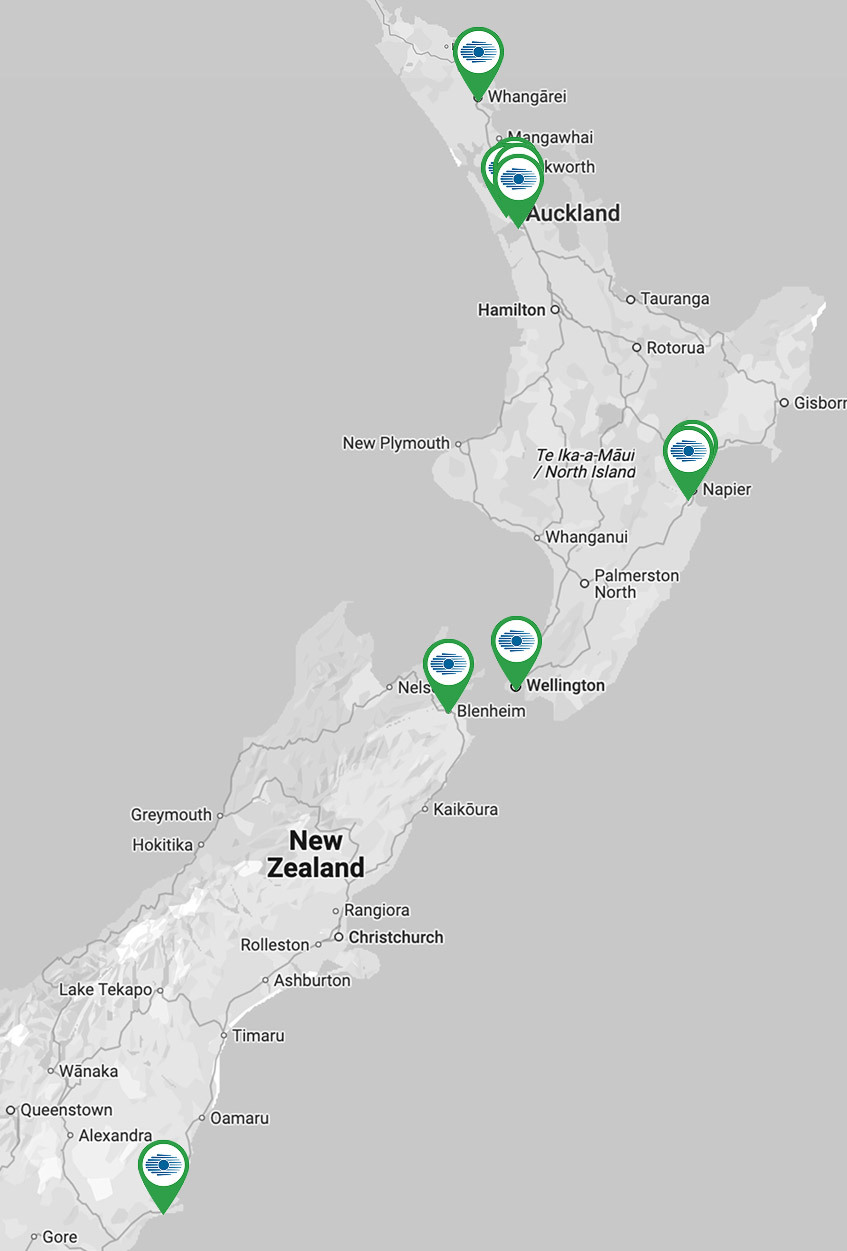Discover more about this condition and how to treat it
Choose the option below that sounds most like you to discover your best solution
Give us a call to understand how your insurance can help cover your treatment
Eye treatment options can be confusing. We’ve made the journey as straightforward as can be
Get a quick overview of everything you need to know about gaining visual freedom
Eye Institute Annual Optometry Conference 2025
Eye Institute Annual Optometry Conference 2025 On Sunday 9th November, we held our [...]
What Is a Droopy Eyelid?
What is a Droopy Eyelid? As we age, many of us notice changes around our eyes - perhaps one eyelid starts to look lower [...]
30 Years of Eye Institute
30 Years of Eye Institute Reflecting on 30 years of caring for [...]
Learn more about treating retinal eye conditions from authoritative sources.
Note: These links will take you off our website









